Improving productivity of farming includes ‘intensification’ of conservation practices.
‘The countryside is my factory floor’ is how one farmer framed it to the audience at a Hay Festival debate I chaired a few years ago. Farming, like retail, recreation, and even conservation, is an industry (albeit a primary one). It’s often at the front line of resource management involving trade-offs, tough choices, ‘wicked problems’ and complex human/ecosystem interactions. One person’s exploitation is another person’s harvest.
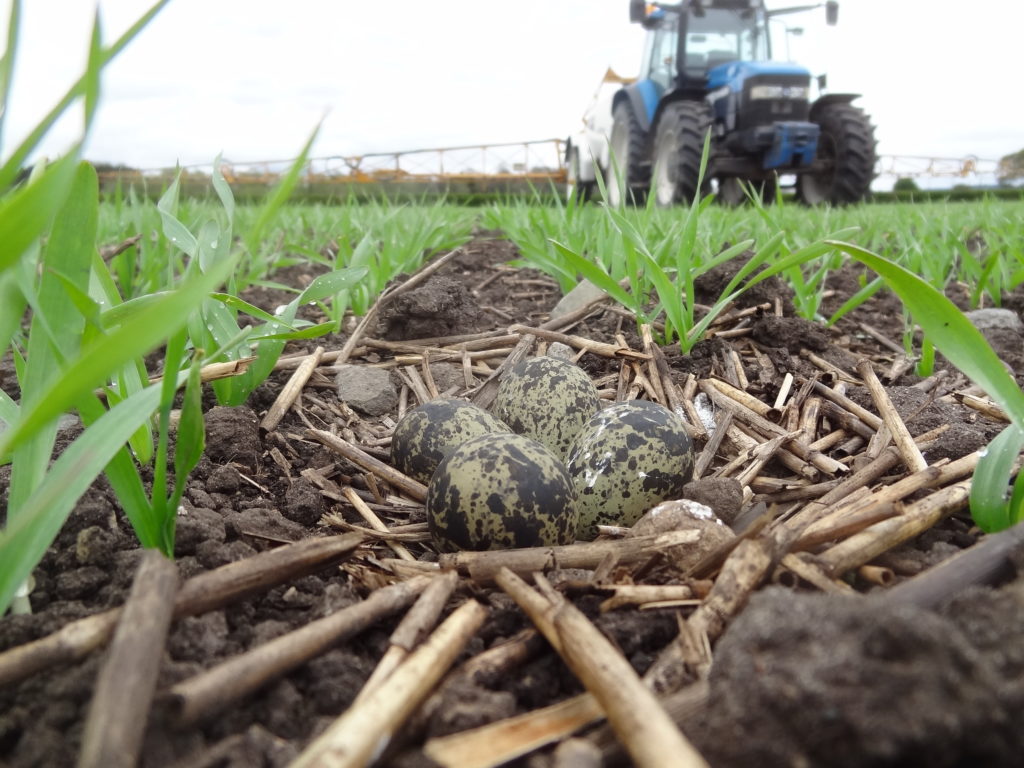
There are few easy simple solutions to some of the environmental issues around improving efficiency in farming. Three cuts of silage forage for cows while keeping curlew chicks safe, hedgerows as hedges (not a line of trees), landscape tourist-ready, yellowhammers in headlands, effluent out of watercourses, reduced bovine flatulence, insecticides away from bees….Phew – all the while putting affordable, nutritious food on our tables!
Farmers must now take back control of the environment which is all about land, farm, wildlife management knowledge and practices.
Much of this is about productivity. Planting a new hedge is hard work and takes time to deliver quality habitat. Whereas looking after existing mature hedges with improved cutting regimes, may be more productive for wildlife. Allowing some areas to become more rambunctious – scruffier to some, wilder to others. While holding your head up in the pub when neighbours tease you about ‘your uncontrolled areas’.
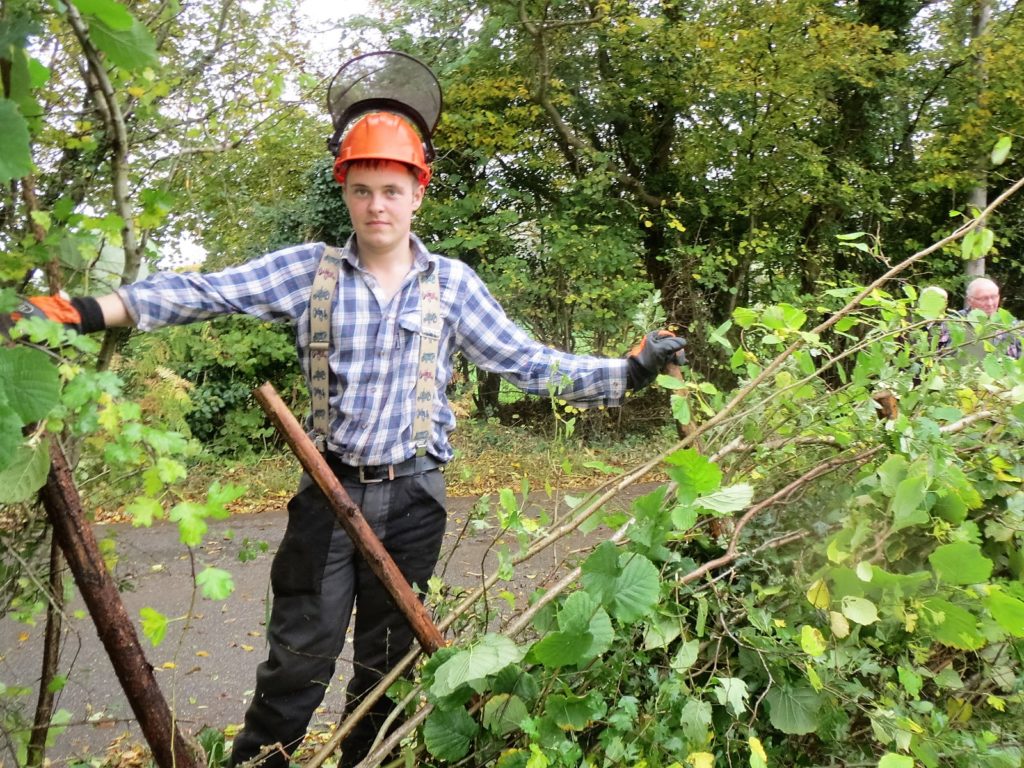
Sometimes it may be cheaper to let areas ‘go wilder’ than employ expensive labour and pesticides. At other times herbicides are required to create habitat. Tree planting in unproductive corners need judicious spot-sprays to provide saplings a headstart over vigorous rank grasses or bracken. Flower-rich strips require weed control at appropriate times to enable pollinator-friendly arable ‘weed’ flowers to flourish.
Encouraging certain plants in headlands which prevent competitive weeds from encroaching into productive crops [see new research from Rothamsted]. Much of which is down to the more precise use of fertilisers and herbicides; and instructing your farm contractor to lift their boom or reduce application rates where required.
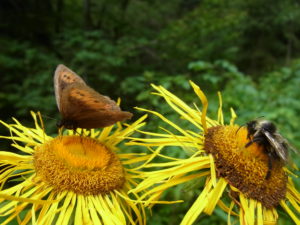
Improving productivity is vital to enhancing the environmental outcomes of farming today.
Capital grant payments under the auspices of the new Agriculture Act 2020 are a key part in benefiting wildlife, preventing pollution, generating energy and transitioning towards reducing emissions in agriculture. Under the 25 year Environment plan, delivered by the Ag Act. Technology has a role to play for many farming practices. This can upset bucolically rose-tinted perceptions of UK agriculture with livestock being free-range with combine harvesters wasting grain on overwintered stubbles and no touch of corporate ownership. Many dream of mixed farming returning to rebalance the east/west corn/hoof divide. As indeed Micheal Gove did in my final question to him.
A tightened regulatory framework can have unintended consequences. House sparrows are now not welcome in grain stores, agri-enviro schemes are too complicated, animal welfare requires wormers which impact on dung beetles. Conservation needs ‘to intensify’ action to put back habitat, offset the post-war push for efficiency in food production. All before the next State of Nature pillories farmers for declining populations of farmland birds. Even if recent Defra figures are showing hard to spot short-term increases.
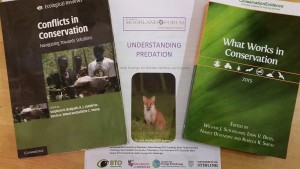
The ‘top-down’ prescriptive nature of agri-environment schemes has been slow to re-connect fragmented habitat. This meanwhile has made life easier for generalist predators such as carrion crows, badgers, magpies and foxes to have a disproportionately negative impact on farmland wildlife – from hedgehogs, song thrushes to lapwings.
There is hope that results-based environmental land management schemes (ELMS) may provide new ‘bottom-up’ ways for farmers to deliver more for the environment. This depends on trust being re-built by farmers getting more involved in their design. Not always being paid for every action (how much surplus subsidy has been reinvested in habitat creation?) and working closer with both neighbours and external experts such as ecologists and grant advisers.
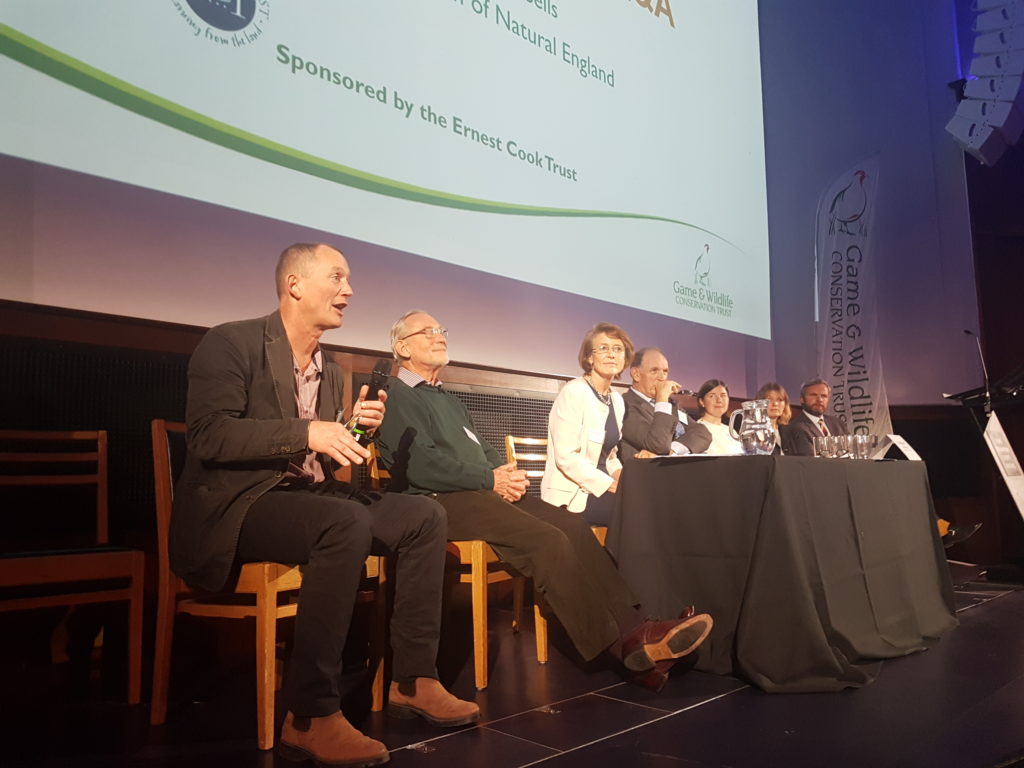
The phrase ‘wildlife-friendly farming’ applies as much to a hydroponic vertical farm unit – which enables wildflower meadows on ex-salad growing land. As it does to a High Nature Value farm holding in the uplands – cutting and grazing rushes benefits orchids and snipe.
Both are about farmers revaluating their ‘factory floor’ in stepping up to own the conservation of both farming resources and wildlife habitat within the countryside.
First published in Farm Business Digital July 2019 (page 4 here) Since amended and updated (Jan 21) with fresh material, revised opinions – such as this paper on Paradox of Productivity.
Postscript – Defra press release on Agriculture Bill 2019-20, draft Bill and its Third Reading. to my wide ranging blog on Agric Act 2020
See my letters in The Times on related subjects Aug 2016 and Sept 19 (below)
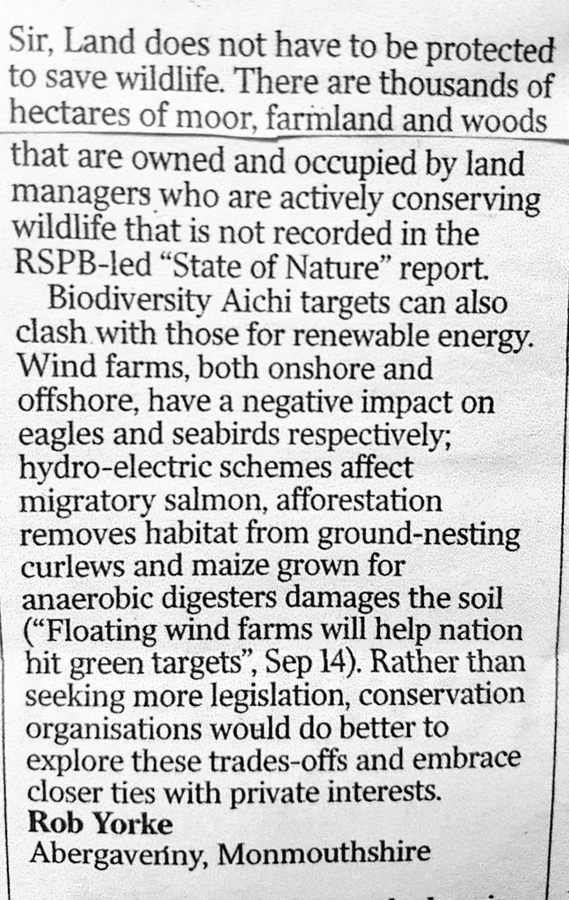
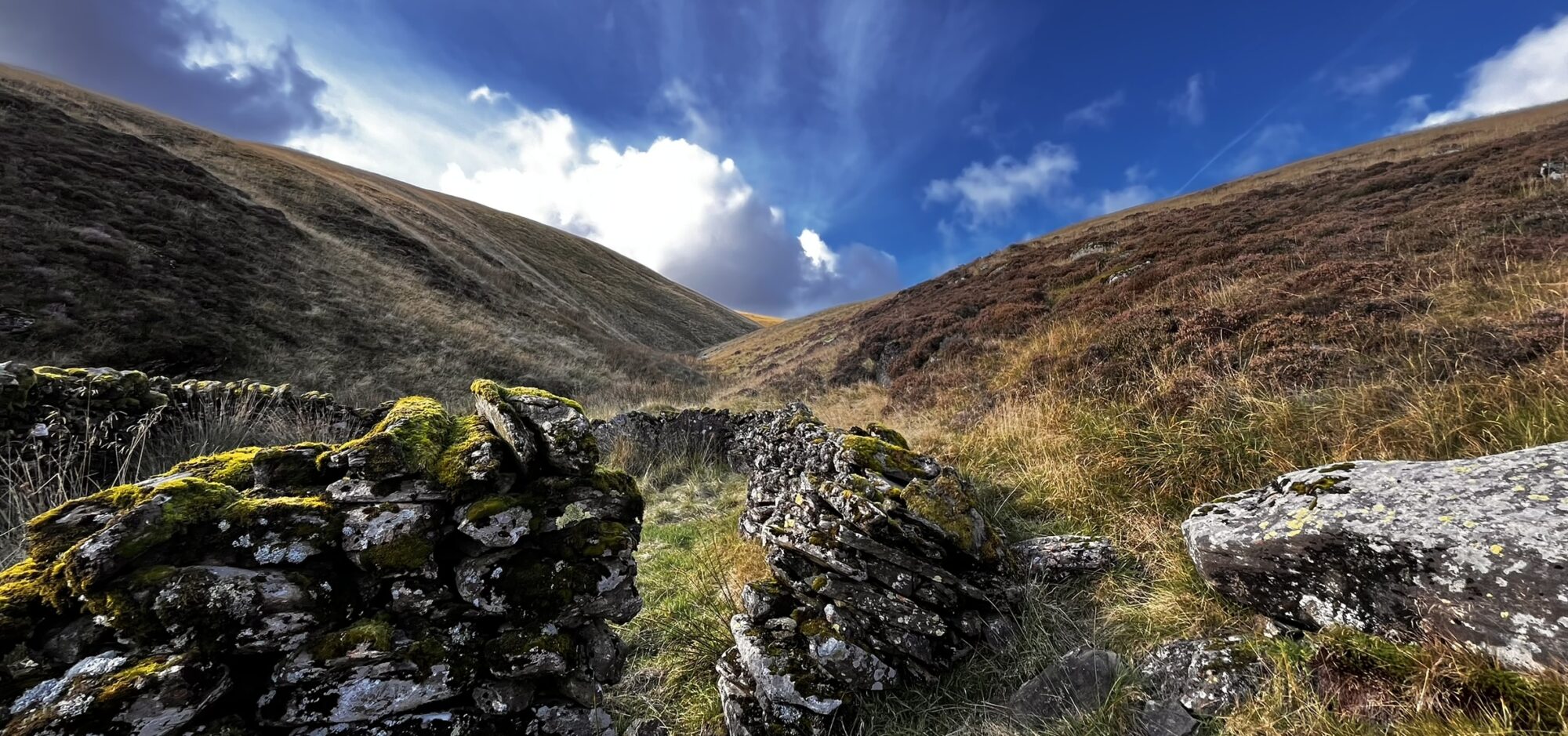
I fear in this new world of buzz words and quick fixes’ it is all too easy to forget that many remnants of traditional land management are much, much more than a conservation method. The hedgerows studied in South Devon (and clearly apply across the county) were built along contours, with special drainage contained – these landscape features should not be viewed as ‘intensive’ conservation, but as essential in land use management to the benefit of everything, together with a source of additional income from honey, (which is significant – and a hedgerow can produce up to 5,000litres of nectar per km per annum!), and other supplementary produce.
I am saddened by unnecessary ‘hedge laying’, disappointed with nationwide guidance and deeply troubled whenever ‘re-wilding’ is mentioned. If we do not accept that 1000’s of years of managing the land had created as close to a perfectly balanced landscape for all for the envy of the world then we deserve the catastrophe of a landscape destroyed because people are too busy looking for media soundbites’! Look what has happened to the Mother of all Parliaments – we cannot risk this loose in the wider countryside…
Thanks Pip. My provocative ref to “intensive” was in focusing on best ways to undertake conservation in a modern multiple-output-demand stressed countryside with perhaps too many actors wanting in on the action.
Not convinced by ‘perfectly balanced’; as one person’s scrub is another’s abandoned land in an evolving landscape.
Best wishes